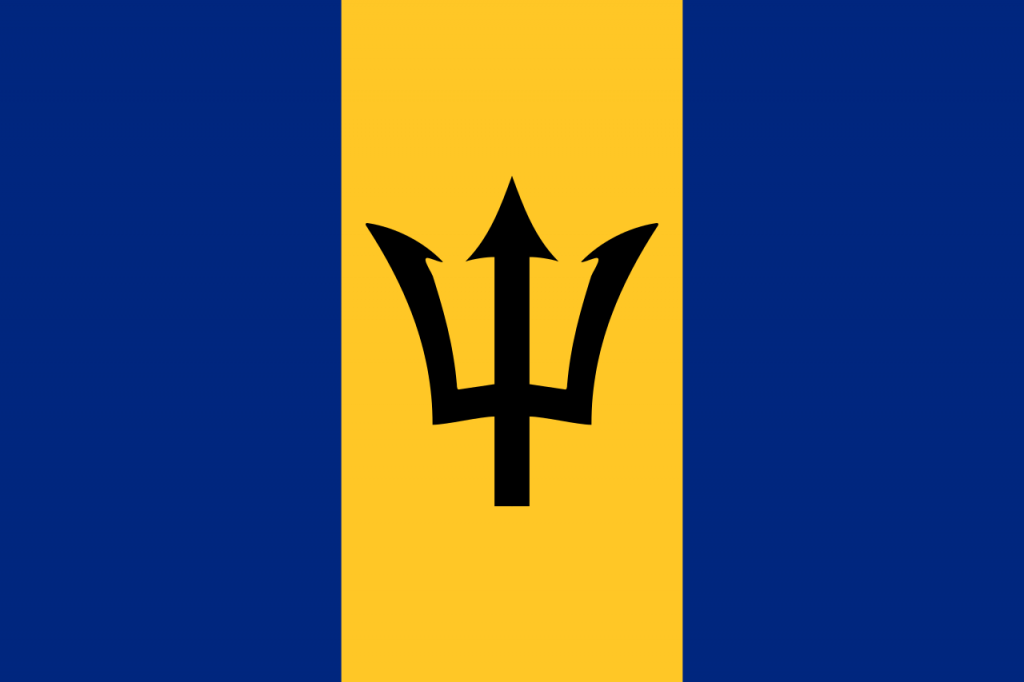Barbados

- Barbados is an island country in the Lesser Antilles of the West Indies, located in the Caribbean region. Here are some key facts about the island:
- Location: Barbados is situated in the eastern Caribbean Sea, northeast of Venezuela and north of Trinidad and Tobago. It is the easternmost island in the Lesser Antilles.
- Size and Population: Barbados covers an area of approximately 432 square kilometers (167 square miles) and has a population of around 290,000 people (as of the latest available data).
- Capital: Bridgetown is the capital and largest city of Barbados. It is a major port and commercial center for the island.
- History: Barbados was first inhabited by the indigenous Arawak and Carib peoples before being claimed by the Spanish in the late 15th century. It was later colonized by the British in the early 17th century and remained a British colony until gaining independence in 1966.
- Territorial Status: Barbados is a sovereign island country and a member of the Commonwealth of Nations. It operates as a parliamentary democracy with a constitutional monarchy, with Queen Elizabeth II as its ceremonial head of state.
- Economy: Tourism and offshore banking are the main drivers of Barbados’ economy. The island is known for its beautiful beaches, coral reefs, and vibrant culture, which attract visitors from around the world.
- Culture: Barbadian culture is a blend of African, British, and indigenous Caribbean influences. Music, dance, and festivals such as Crop Over are integral parts of the local culture.
- Language: English is the official language of Barbados and is widely spoken across the island.
- Natural Beauty: Barbados is known for its picturesque beaches, including Crane Beach, Bottom Bay, and Bathsheba. The island also boasts lush tropical vegetation and natural attractions such as Harrison’s Cave.
- Hurricane Vulnerability: Barbados is susceptible to hurricanes during the Atlantic hurricane season, which runs from June to November. However, it is located further east in the Caribbean, reducing the frequency of direct hits compared to islands further west. Nonetheless, the island can still experience the effects of hurricanes and tropical storms.
